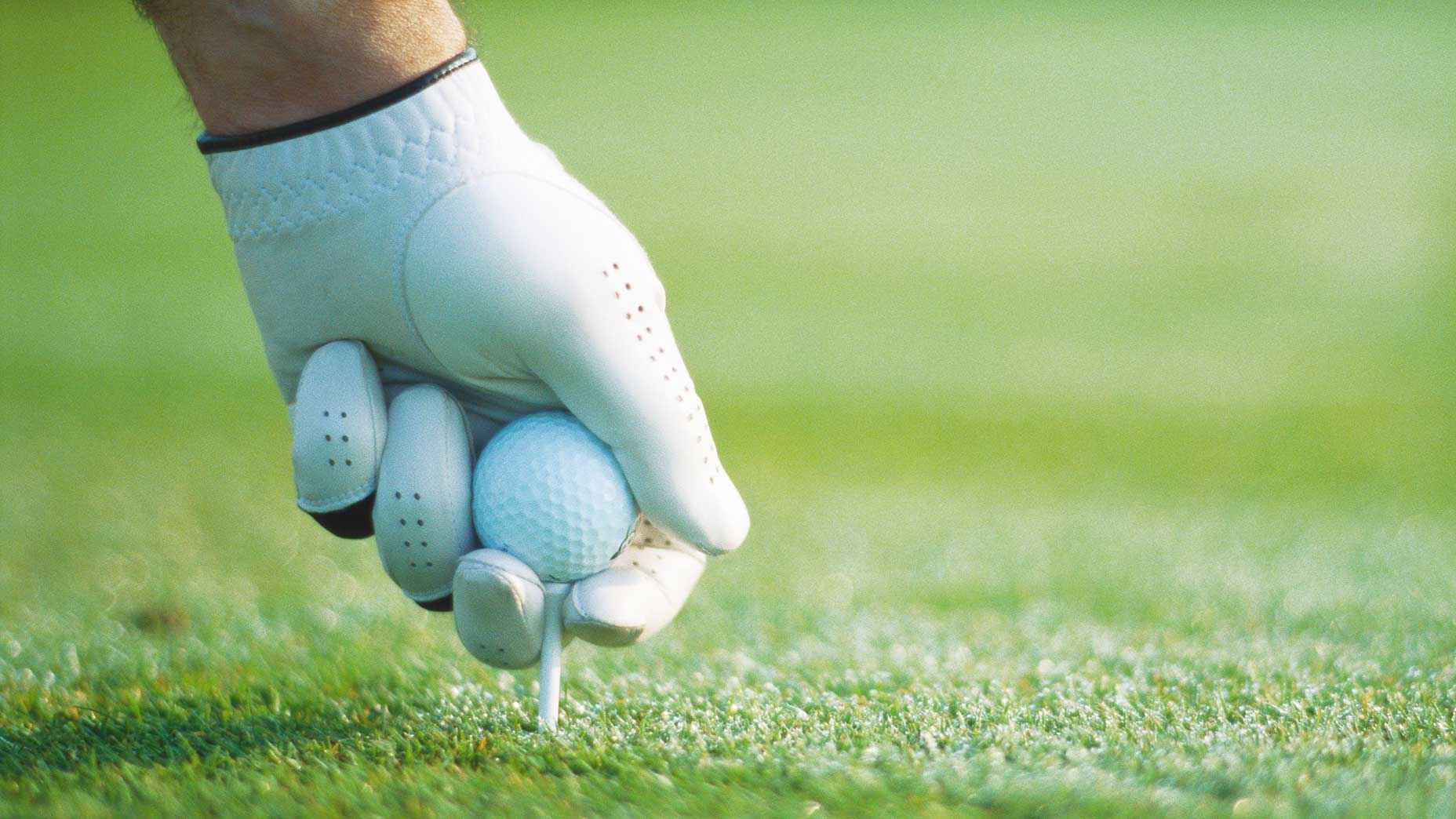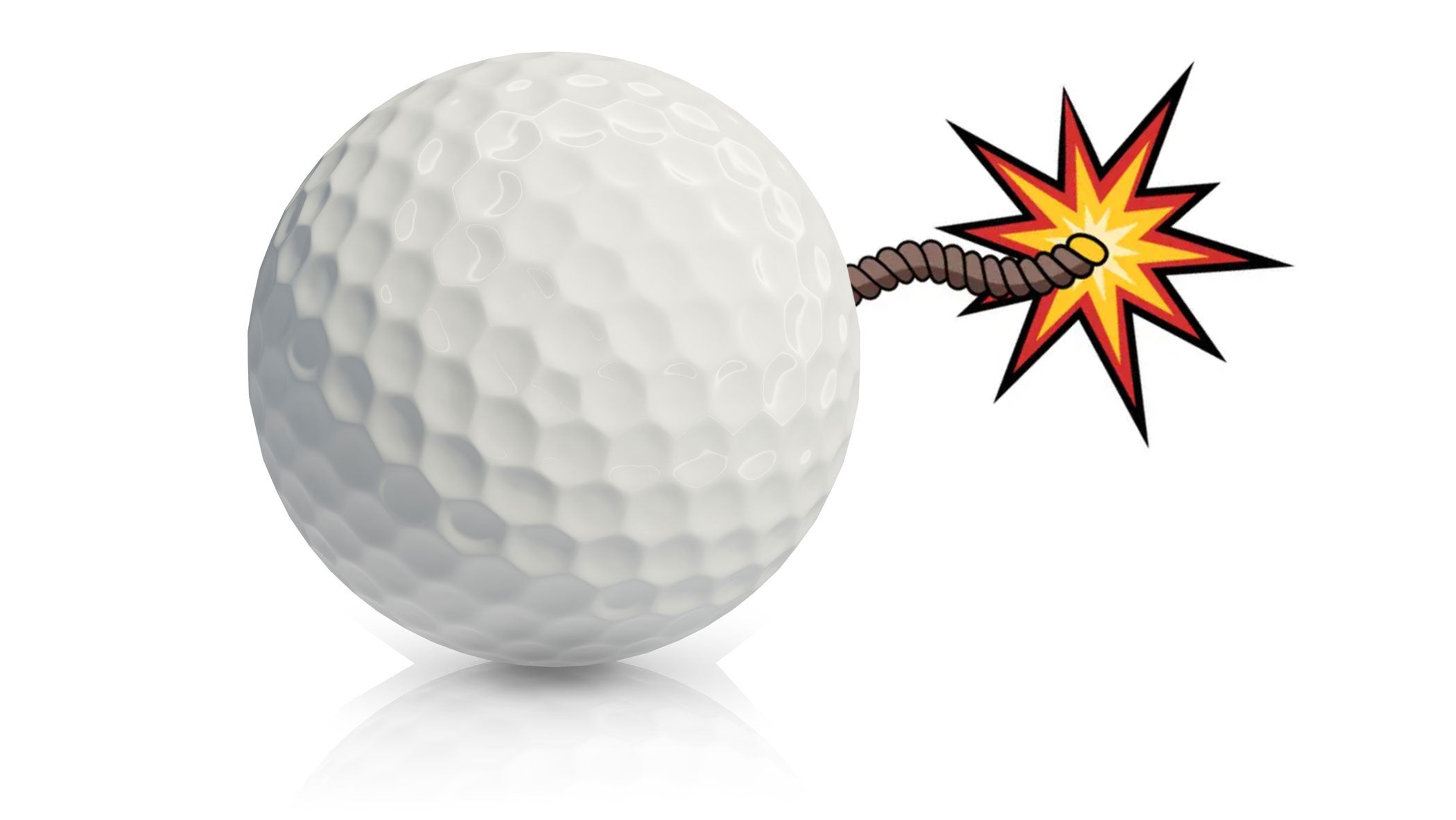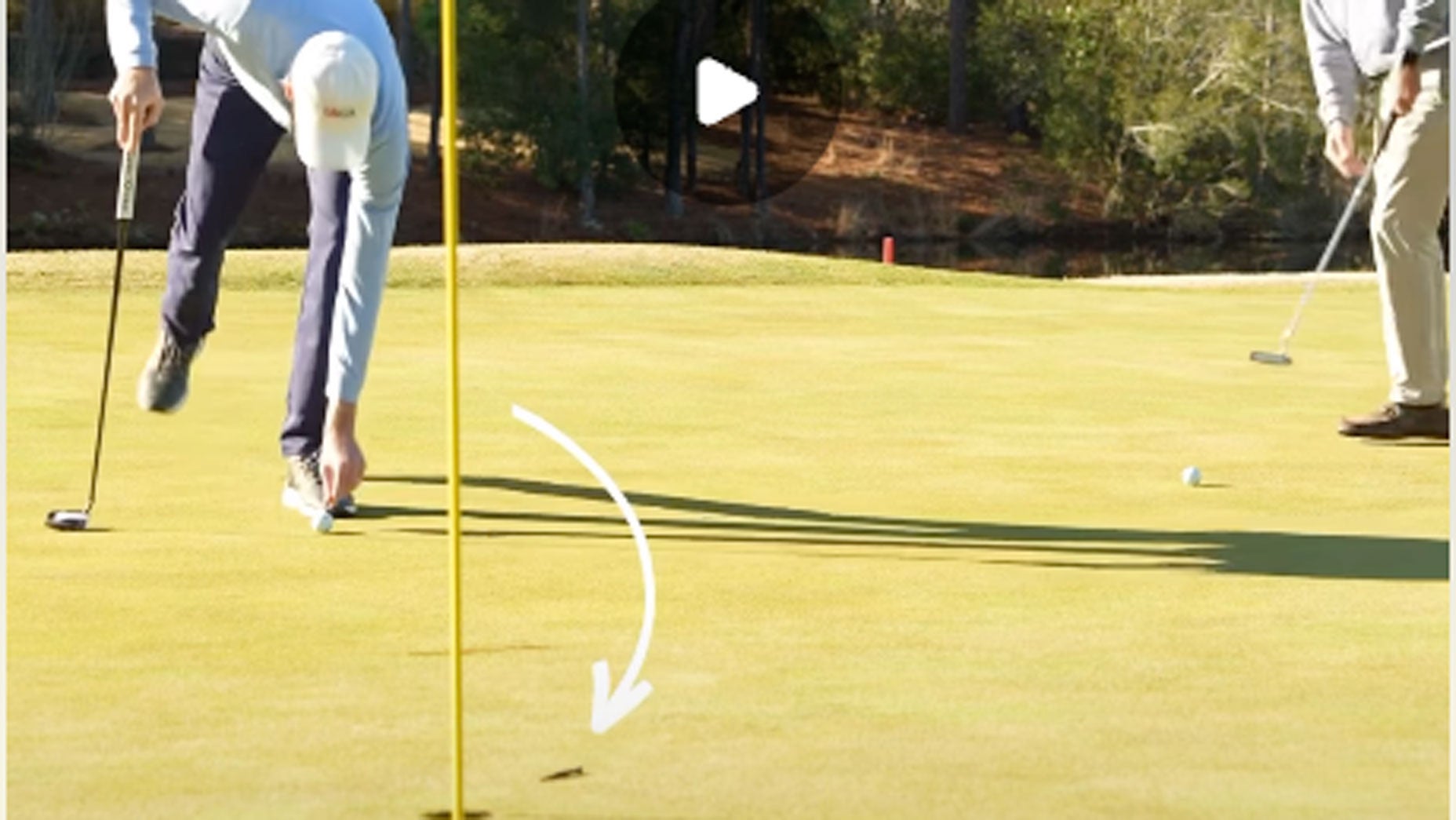In December, the USGA and R&A announced a revision to the golf ball testing conditions that officially started the clock on an impending golf-ball rollback. The rollback will apply to all ball models on the conforming list in 2028, which directly affects professionals and elite amateurs at the outset. Recreational golfers would be grandfathered in until 2030.
Changes are coming, but that doesn’t mean everyone will embrace them at the outset.
During a press conference last week at the PGA Championship, PGA of America president John Lindert, speaking alongside CEO Seth Waugh and director of championships Kerry Haigh, was asked if his stance on the ball rollback had “softened” at all since the governing bodies made the revision.
“I have said this kind of half-heartedly and half-jokingly, but from my perspective, as somebody that owns a golf shop, I’m probably going to sell a boatload of golf balls in 2028, and my members are going to store them until 2036, and they’re going to continue to play them,” Lindert said. “I know my membership; I know what they will do. Probably won’t sell any golf clubs in 2029, but then sell some of the new clubs in 2030. That’s what I see.

Callaway Chrome Tour Triple Track Golf Balls
View Product
“I see it’s going to be a little bit of a challenge. We are trusting people to play by the rules like we normally do. Most of us don’t have the resources to stand on the first tee and check whether the golf ball or our members are playing on a conforming ball list. But that transition is going to be challenging.”
Following the governing bodies’ most recent revisions to the Overall Distance Standard (ODS), the PGA of America issued a statement that conveyed its “concerns” regarding the decision to have all new ball offerings from 2028 onward tested at 125 mph clubhead speed (equivalent to 183 mph ball speed) with a spin rate of 2200 RPMs and launch angle of 11 degrees. The current conditions, implemented 20 years ago, are set at 120 mph (176 mph ball speed), 2520 RPMs with a launch angle of 10 degrees.
“We remain opposed to any change that may potentially lessen the enjoyment of the game for recreational golfers or diminish the unprecedented momentum the game is enjoying,” the statement said. “It appears recreational golfers will see a greater reduction in distance than we would advise. While this decrease has been lessened, we continue to recommend being more moderate on the swing speed change for the golf ball conformance test.
“At this time, we continue to have concerns and look forward to continuing this important conversation and finding resolution with all of our golf industry partners.”
The golf-ball rollback was big news. But it could have been even more explosiveBy: Alan Bastable
Lindert’s thoughts and the PGA of America’s stance on the future of the golf ball at the recreational level align with one of the biggest questions that won’t be answered for several years: What happens to all of the non-conforming balls on shelves and in golf bags?
For golfers who aren’t interested in losing any distance, it’s possible they could stockpile balls well in advance and then play their non-conforming stash once the new testing standards go into effect for weekend golfers in 2030. If they have enough, maybe store them “until 2036,” as Lindert said, and continue to embrace the old-rule balls.
Major manufacturers, in particular, could also grapple with the correct path to take if golfers are socking away old product. Do you keep making a non-conforming option in addition to the conforming product? Or do you relent and accept what’s coming down the pipeline? For the moment, both questions are impossible to answer.
Ultimately, it will depend on the amount of distance regular golfers stand to lose if they embrace the new ball. The USGA maintains everyday male amateur with a mid-90s clubhead speed would lose 5 yards or less with the driver, according to the governing bodies’ research.
“This is not about taking the game back 20 years, 30 years as it relates to ball technology,” Thomas Pagel, the USGA’s chief governance officer, told GOLF.com in December. “Even under these rules, manufacturers will be able to produce modern golf balls that look and feel the same. We say five or less yards on your driver, that’s a big range. But that’s a big range because it’s player-dependent, it’s swing-dependent. Frankly, it’s going to be equipment dependent.
“Yes, there’ll be an impact. We don’t want to downplay that. People are going to feel challenged, feel it. There’s going to be an impact. But the reality is we’re confident in our estimates that this will have a minimal impact to the recreational game and for the recreational game.”
With four more years to go before pros adopt the ball, recreational golfers have time on their side. As for major manufacturers, the future of the ball remains murky at best.
Want to overhaul your bag for 2024? Find a fitting location near you at True Spec Golf.











